Future fuels: Engines powered with alternative energy sources
Global maritime transport emits around 3% of the total global greenhouse gas emissions. Reducing emissions in shipping industry is crucial for reaching the global climate targets.
The International Maritime Organization (IMO) has set a target of net-zero CO2 emissions from shipping by or around 2050. An ambitious goal that requires technological changes in the industry.
For that reason we are developing pioneering technologies like dual-fuel engines and propulsion systems that have a potential to contribute to a carbon-neutral future.
Learn more about the different kinds of future fuels, engines operating on these fuels and the technology behind them.
What are future fuels?
Future fuel is a term used for an alternative fuel which acts as a substitute for carbon-intensive fuels derived from fossil oils. To decrease emissions from shipping and reach carbon neutrality, the future belongs to low-carbon and climate-neutral fuels produced from green hydrogen and renewable energy sources. These fuels include synthetic natural gas (methane), green ammonia and methanol as well as hydrogen for short-distance transportation. Even though not produced from renewable energy sources, the mid-term fuel-mix currently also includes transition fuel types, such as LNG (methane).
Methanol

Methanol
Methanol is a biodegradable, clean-burning fuel type that significantly reduces emissions such as particulate matter, sulfur oxides and nitrogen oxides.
Benefits:
- can be produced from renewables and is carbon-neutral
- can be stored at ambient conditions
Engine: Two-stroke, four-stroke
Usage: tankers carrying methanol as cargo, container vessels, bulk carriers
Learn more about methanolLNG

LNG
LNG (also known as methane) stands for liquefied natural gas, natural gas transformed into a liquid state through a cooling process.
Benefits:
- lower SOX, CO2, NOx emissions than fuel oils
- excellent bridging fuel until fully carbon-neutral alternatives are available
Engine: Two-stroke, four-stroke, dual-fuel retrofits by MAN PrimeServ
Usage: Container vessels, tankers, LNG carriers, Bulk carriers, RoRo vessels, OSVs, ferries, cruise & fishing vessels
Learn more about LNGSNG

SNG/Biogas
Synthetic natural gas (SNG, also known as methane) can be derived from green hydrogen by adding CO2 in a methanation process.
Benefits:
- CO2 neutral when using green hydrogen and biogenic CO2
- can be blended with LNG
- can be used in today’s dual-fuel engines without modifications
Engine: Two-stroke, four-stroke
Usage: Container vessels, tankers, LNG carriers, bulk carriers, RoRo vessels, OSVs, ferries, cruise & fishing vessels
Learn more about SNG
Biofuel

Biofuel
Biofuels are produced from biomass and cover a range of fuels such as bioethanol and biodiesel.
Benefits:
- fully renewable and nearly 100% CO2 neutral
- easy transport, storage, and handling
- no new fuel infrastructure needed
Engine: Two-stroke, four-stroke
Usage: Tankers, container vessels, bulk carriers, RoRo vessels
Learn more about biofuelAmmonia

Ammonia
Ammonia is a synthetic fuel that can be produced with green hydrogen by adding nitrogen. It is completely carbon-free.
Benefits:
- zero CO2 emissions released during combustion
- relatively easy to store
Engine: Two-Stroke engines
Usage: Container vessels
Learn more about ammoniaLPG

LPG
LPG stands for liquefied petroleum gas. It is extracted from natural gas by absorption and, unlike diesel, can be stored almost infinitely without any degradation.
Benefits:
- close to zero sulfur
- relatively easy to store
- high energy density
Engine: Two-stroke, dual-fuel retrofits by MAN PrimeServ
Usage: LPG carriers and shuttle tankers, container vessels, bulk carriers, RoRo vessels
Learn more about LPGSynthetic diesel

Synthetic diesel
Synthetic diesel is made by reconfiguring another hydrocarbon fuel, such as natural gas, into liquid diesel fuel.
Benefits:
- cleaner-burning
- reduced NOx & SOx emission levels
- easy handling, transportation & storage
Engine: Two-stroke, four-stroke
Usage: Tankers, container vessels, bulk carriers, RoRo vessel, ferries, yachts, tugboats, fishing vessels
Learn more about synthetic diesel
Hydrogen

Hydrogen
Hydrogen is the simplest and most basic renewable fuel generated by electrolysis. It is carbon-free with potential for the lowest emissions from the combustion process.
Benefits:
- no GHG emissions
- can be used as media for other synthetic fuels
Engine: Four-stroke
Usage: Vessels with limited range and fixed operation patterns, GenSets, hybrid propulsion plant configurations
Learn more about hydrogenOur portfolio of future fuel technologies
MAN Energy Solutions’ attractive marine and energy generation solutions offer power, flexibility, and efficiency. This allows you to meet growing demands for sustainability, low emissions, and high reliability. Explore our wide range of dual-fuel two-stroke engines including MAN B&W ME-LGIM and ME-GI engines, as well as powerful and dynamic four-stroke gas engines like the MAN 35/44G that are ready to be used with alternative fuels and are perfect for CHP and hybrid power plants
Two-stroke marine engines
-
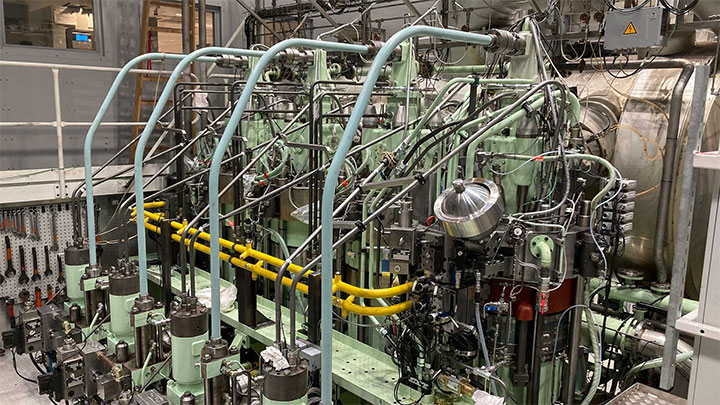
MAN B&W ammonia engine development
The MAN B&W two-stroke ammonia engine will meet future market demands for green ship propulsion including retrofits.
-
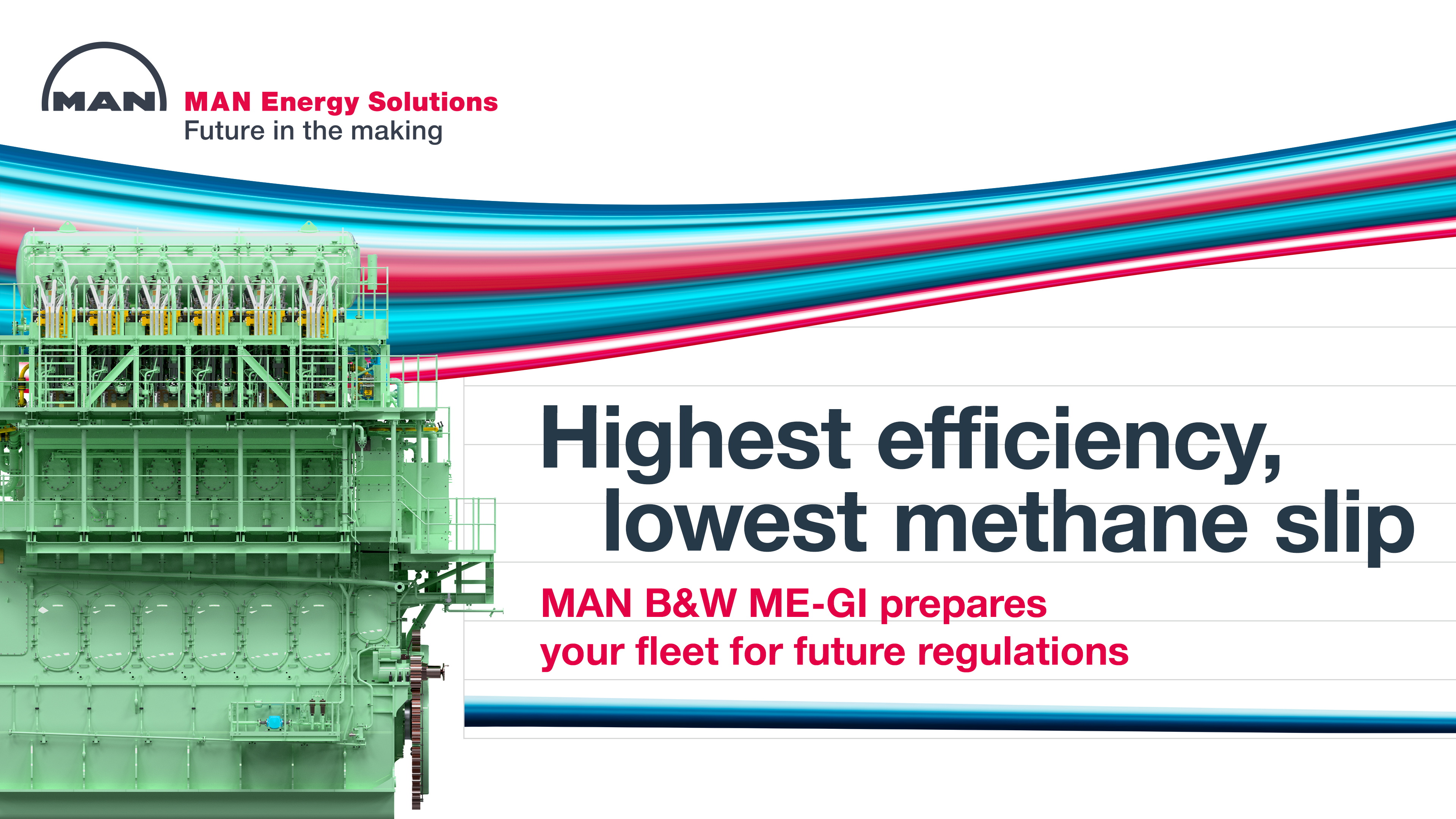
-

MAN B&W ME-LGIM
The MAN B&W ME-LGIM is a two-stroke, dual fuel engine that runs on both methanol and conventional fuels.
Four-stroke marine engines
-

MAN 49/60DF
The new MAN 49/60DF and its fuel flexibility, enabling it to run on LNG, Diesel or HFO, ensure the lowest fuel costs.
-
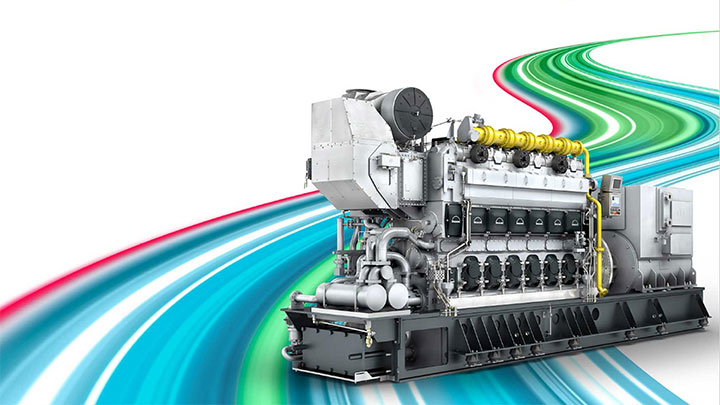
MAN L21/31DF-M and MAN L27/38DF-M
Discover our methanol-fuelled small-bore engines: MAN L21/31DF-M and MAN L27/38DF-M.
Stationary engines
-
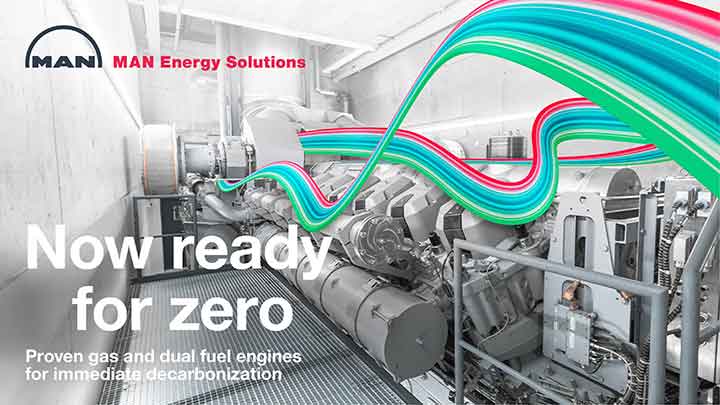
Future proof stationary engines
MAN gas and dual fuel engines are bridging technology. They lower carbon emissions now with technology that can be upgraded or retrofitted at a later date.
Driving the energy transition on sea and land
MAN Energy Solutions is helping shape the future of the marine and energy industries by developing engines which run on alternative fuels that will play a crucial role in decarbonization and the energy transition. We have been a pioneer and active driver of the Maritime Energy Transition for many years and are now ramping up the use of alternative fuels in shipping. Furthermore, our stationary gas engines can be already used in power plants with a 25% hydrogen-blend. 100% hydrogen operation is currently in development.
Future fuels in use
MAN Energy Solutions technology is in use throughout the world. These three examples illustrate the range of activities where future fuels have been successfully implemented in the company’s engines.
Get in touch with our experts
Would you like to learn more about future fuel technologies and how they best meet your needs?
Our global network of dedicated engineers is happy to point out the perfect-fit solution for you and your business. Start your change process toward carbon neutrality now and reach out to us todayFrequently Asked Questions
Which alternative fuels will be used in future?
There is no definite answer. It depends on the industry and circumstances which alternative fuel is the best for your individual circumstances.
In the short and midterm, biofuels and methanol are expected to take the lead and be most relevant for four-stroke applications in the upcoming years, in parallel to a continuously relevant share of LNG-driven vessels.
For two-stroke applications, methanol, LNG (methane) and biofuels are expected to be highly demanded.
Mid to long term, additional fuels, such as ammonia (two-stroke) or even hydrogen (four-stroke) may gain relevance.
How will fossil fuels be used in the future?
Fossil fuels are not unlimited. Therefore, future fuels are important alternatives. But the change is going to take some time, and it is predicted that until 2040 fossil fuels will still provide 60% of energy.
News about our green engines and future fuels
-

Methanol dual fuel retrofit
Engineers are now testing a retrofit for four-stroke ship engines that will enable ferry and cruise ship operators to meet the growing requirements on emission reduction with green methanol.
-

CMA CGM decarbonization strategy
Vice President of CMA SHIPS Xavier Leclercq on scaling-up alternative maritime shipping fuels to reach zero emission by 2050.
-
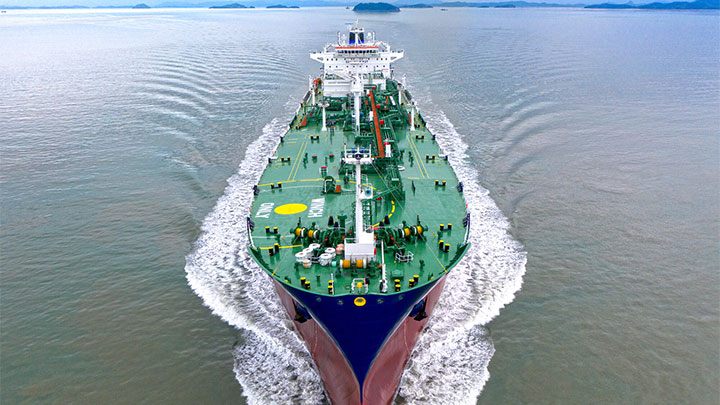
Alternative fuels trafigura
Alternative fuel expert Rasmus Bach Nielsen reveals how a carbon levy willl unlock the potential of e-fuels.
Strategic expertise for global sustainability
In addition to our future technologies portfolio, we offer digitalization and core products made to last. Leveraging our extensive knowledge in these areas, we are charting the course towards a sustainable future.
